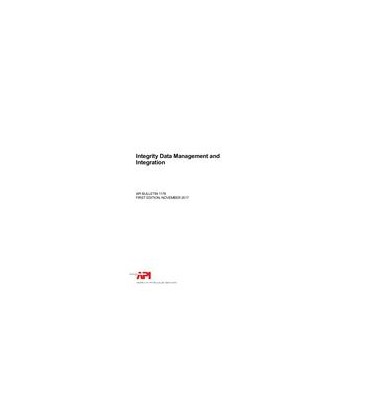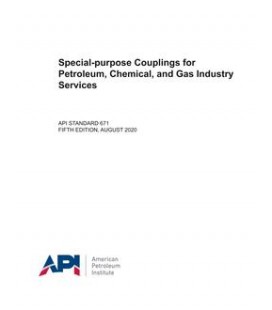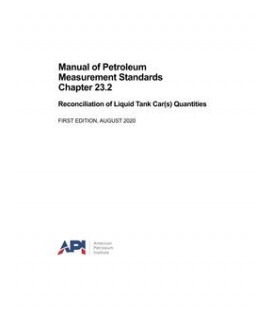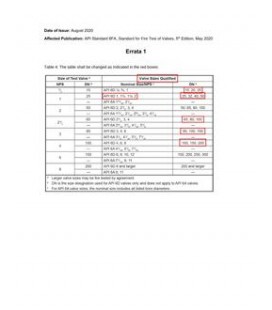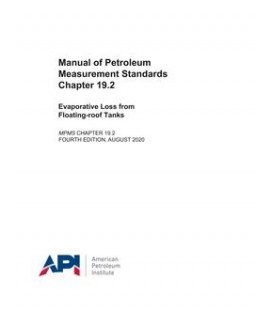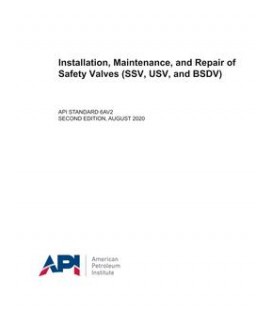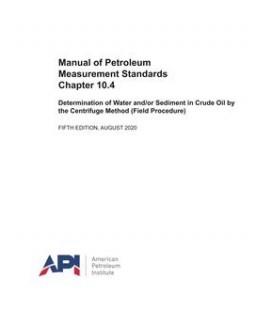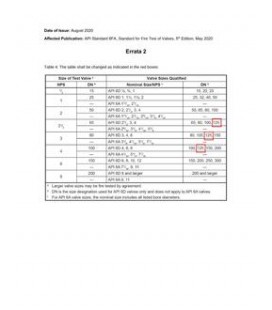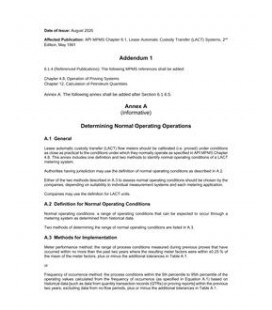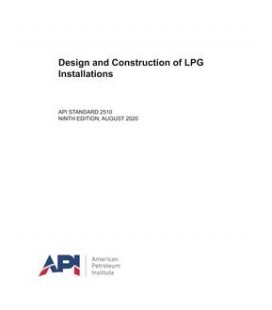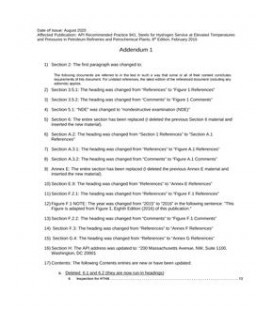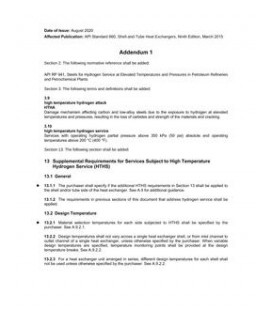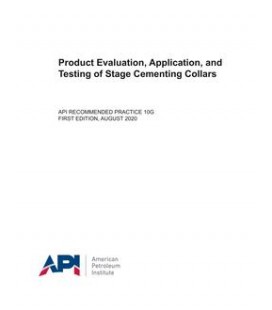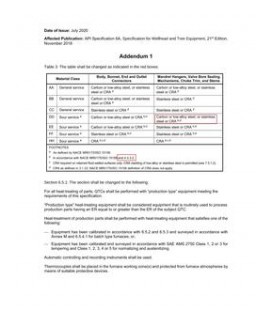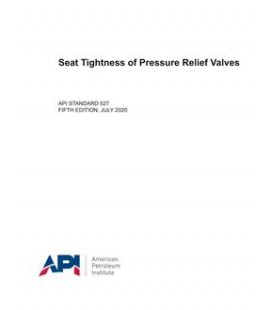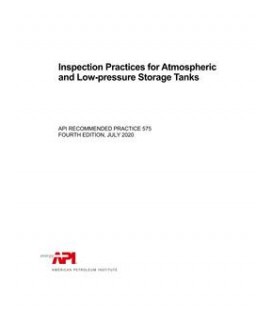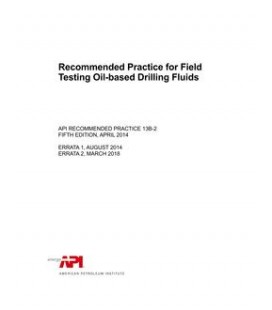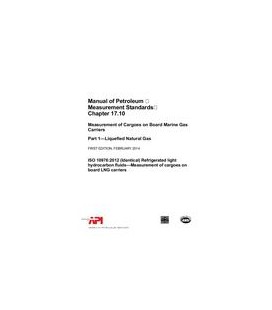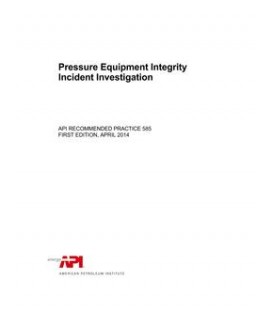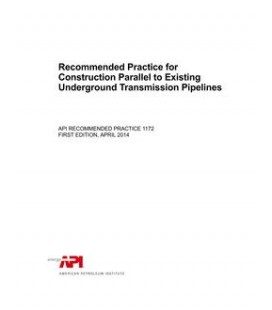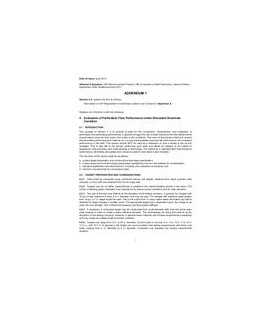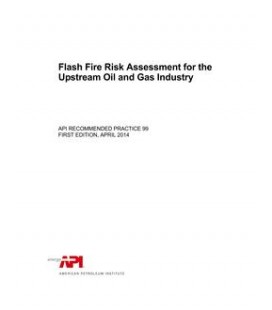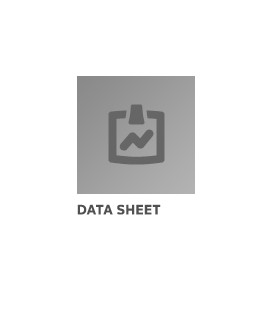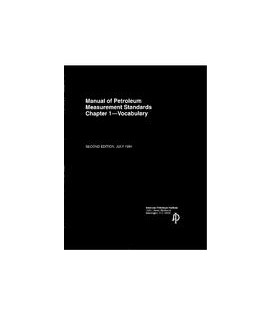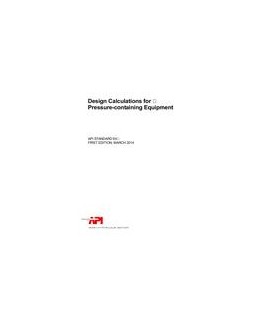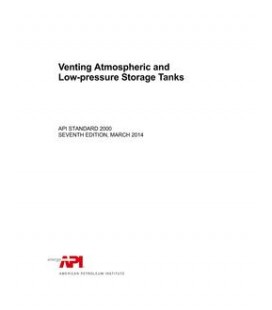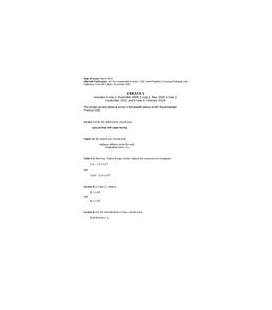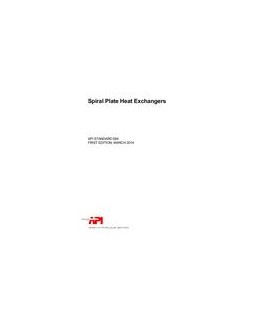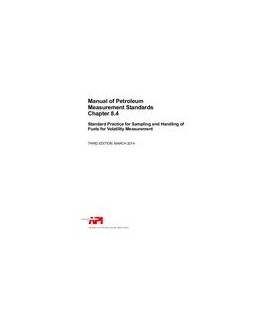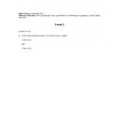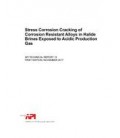Cart
0
0
item(s)
-
$0.00
No products
To be determined
Shipping
$0.00
Total
Quantity
Total
Product successfully added to your shopping cart
There are 0 items in your cart.
There are 0 items in your cart.
Total
API Bull 1178
API Bull 1178 Integrity Data Management and Integration Guideline, First Edition
standard by American Petroleum Institute, 11/01/2017
Reduced price!
M00008896
New product
Full Description
Provides a compendium of methodologies and considerations for integrating the underlying data used to support integrity management. Any one approach may not be appropriate or applicable in all circumstances. The document reviews possible approaches for consideration by operators in the context of their specific circumstances.The primary focus of this bulletin is the methodologies and processes used to spatially integrate and normalize the data to support the application of comparative techniques used in interpreting integrity data, with particular emphasis on in-line inspection (ILI) data. The bulletin begins with a discussion of general data quality processes, goals, and considerations such that data quality approaches can be considered in the context of the data integration processes.
An impediment to informed integrity decisions is the inability to efficiently review a broad spectrum of data in a format that has been normalized and spatially aligned. With the variations in organizational structures, integrity management programs, and technologies used across the pipeline sector, individual operators design data integration procedures that are customized to their organizational structure, processes, and pipeline systems.
Properly managed and integrated data supports agile analytics to integrate new data as they become available and to recognize coincident events and patterns. The source of the data may be from within an organization or may be external to the company, as in the case of representative data based on industry experience or manufacturing processes. The intent is to empower operators to efficiently analyze and integrate threat- and integrity-related data to support their integrity management programs.

